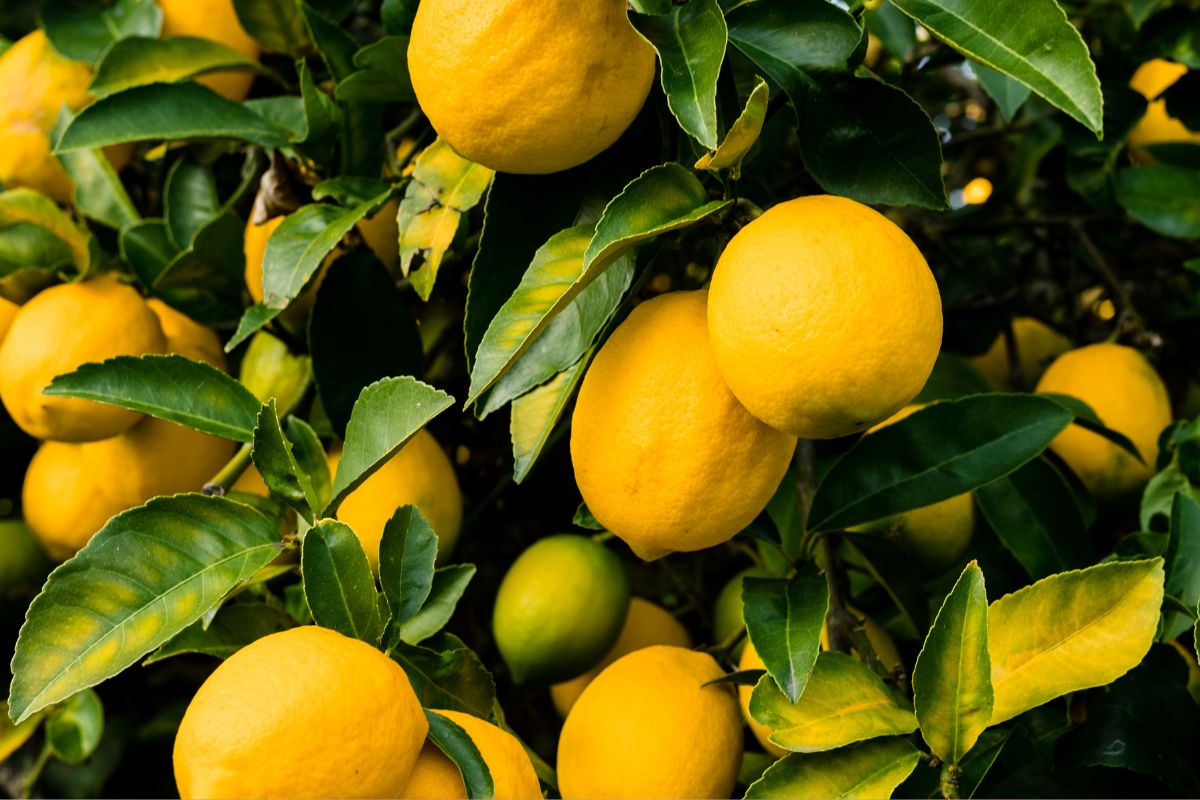Show table of content Hide table of content
Discovering the secret to a bountiful lemon harvest has never been easier. While many citrus enthusiasts spend years perfecting complex fertilization systems, professional gardeners know that one simple pruning technique can transform your lemon tree’s productivity. This age-old method, when properly executed, creates the perfect conditions for your tree to double its fruit production without complex interventions.
The transformative power of strategic pruning
Lemon trees possess remarkable resilience and productive capacity, but often fail to reach their full potential due to improper maintenance. The key to unlocking abundant harvests lies in understanding how these Mediterranean favorites allocate their energy resources. When left unpruned, lemon trees develop dense foliage that restricts airflow and sunlight penetration—two critical elements for optimal fruit development.
Professional arborists recommend removing approximately 20-30% of the tree’s canopy through strategic pruning. This seemingly counterintuitive approach actually stimulates new growth and redirects the tree’s energy toward fruit production rather than maintaining excessive foliage. The improved air circulation also significantly reduces the risk of fungal diseases that can devastate your harvest.
Garden All good gardeners do this simple action to prevent aphids on rose bushes.
After pruning, many gardeners notice increased flowering within weeks. This rapid response demonstrates how quickly lemon trees can redirect resources when properly maintained. For those concerned about reducing pesticide use on homegrown fruits, proper pruning creates naturally healthier trees that require fewer chemical interventions.
Container-grown lemon trees benefit even more dramatically from this technique. In restricted growing environments, the competition for nutrients intensifies, making proper energy allocation crucial. A well-executed pruning session can transform a struggling potted citrus into a productive centerpiece for your patio or sunroom.
Master timing and technique for maximum yield
The effectiveness of your pruning efforts depends significantly on timing. Late winter to early spring (February to March) represents the ideal window for this transformative gesture. During this period, the tree has typically completed its main fruiting cycle but hasn’t yet invested energy in new spring growth.
Begin by identifying and removing any dead, damaged, or diseased branches—these drain valuable resources without contributing to production. Next, focus on inward-growing branches that create density in the center of the tree. Eliminating these branches creates the open, vase-like structure that professional growers prize for maximum light penetration.
Garden A simple cup at the base of your raspberry bushes – your harvest will double.
Your cutting technique matters tremendously. Always make clean, angled cuts approximately 1/4 inch above an outward-facing bud. This encourages new growth in the desired direction, maintaining the ideal canopy structure. Garden enthusiasts should remain vigilant about safety while maintaining their trees, as unexpected dangers can sometimes arise in garden environments.
Water sprouts (also called suckers) require special attention during your pruning session. These vigorous vertical shoots emerge from the main branches or trunk and steal substantial energy without producing fruit. Identifying and completely removing these energy thieves redirects resources toward fruit-bearing branches, dramatically increasing your potential harvest.
Tool selection significantly impacts your results. For smaller branches up to 3/4 inch in diameter, use sharp bypass pruners that create clean cuts without crushing plant tissue. Larger branches require loppers or a pruning saw. Sterilize all tools before and between cuts using a 10% bleach solution or rubbing alcohol to prevent disease transmission.
Year-round care strategies for continuous harvests
While the annual pruning session provides the foundation for doubled harvests, supplementary care throughout the growing season maximizes these benefits. After pruning, apply a balanced citrus fertilizer to support vigorous new growth. The Japanese approach to plant care emphasizes consistent, measured feeding rather than occasional heavy applications—a philosophy that aligns with their mindful relationship with nutrition in their own diets.
Garden Why removing ivy from trees and facades could be the worst thing to do.
Summer maintenance should focus on monitoring rather than major interventions. Remove any unexpected water sprouts promptly, but avoid substantial pruning during the active growing season. This minimal summer approach prevents stress during the tree’s most productive period while maintaining the optimal structure established during your spring session.
Mulching after pruning conserves moisture and suppresses weeds that compete for nutrients. Apply a 2-3 inch layer of organic mulch, keeping it several inches away from the trunk to prevent rot. This simple addition dramatically improves soil health while reducing watering needs.
For container-grown trees, post-pruning care should include repotting if roots have become crowded. Choose a container just 2-4 inches larger than the previous one to prevent waterlogging while providing adequate space for new root development. This measured approach to pot sizing mirrors the precision required in your pruning technique.
Long-term benefits beyond fruit production
The transformative effects of proper pruning extend far beyond immediate harvest increases. Trees maintained with this technique typically develop stronger structural integrity, reducing the risk of branch failure during storms or under heavy fruit loads. This increased resilience translates to longer productive lifespans—often decades longer than neglected specimens.
Garden This tree grows rapidly and transforms your garden into an oasis, even at 104°F.
Pest resistance improves dramatically in well-pruned lemon trees. The improved air circulation eliminates the humid microenvironments that attract common citrus pests like scale insects and mealybugs. Many gardeners report reducing or eliminating pesticide applications after implementing proper pruning regimens.
Perhaps most satisfying is the aesthetic transformation that accompanies this productive change. A properly pruned lemon tree develops an elegant, sculptural quality that enhances any landscape. The visual appeal of a well-maintained specimen, combined with its abundant flowering and fruiting, creates a multi-sensory garden highlight that provides joy throughout the seasons.
By incorporating this one simple yet powerful gesture into your annual garden routine, you unlock your lemon tree’s genetic potential for extraordinary production. The minimal time investment—typically just 30-60 minutes once yearly—yields returns measured in years of abundant harvests and the special satisfaction that comes from horticultural mastery.
Garden This is exactly when you should water rose bushes, it helps prevent certain diseases.


